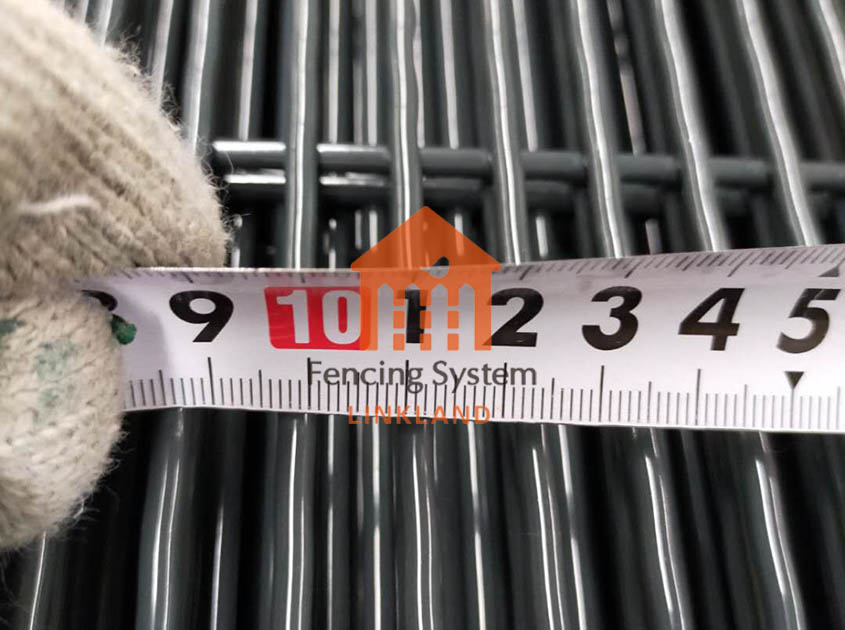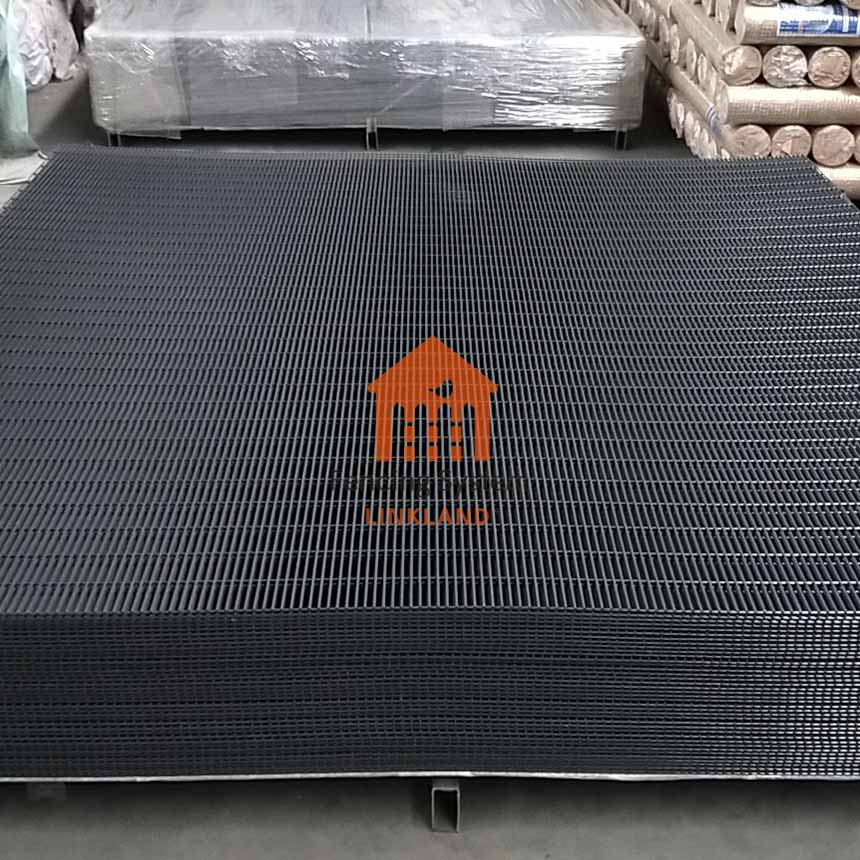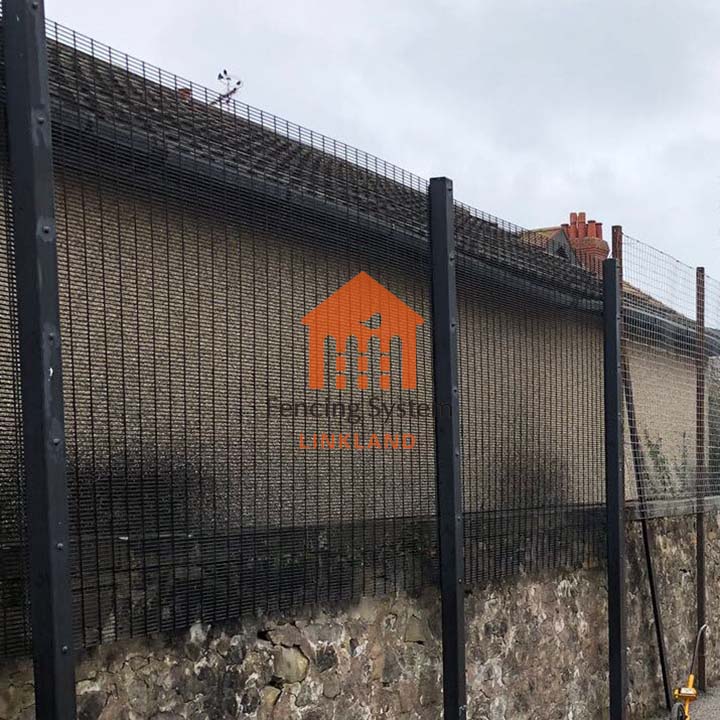- Home
- About Us
- Products
- Service
- Project
- News
- Contact Us
Pulished on Aug. 24, 2023
Anti-climb fence compliance regulations are critical to ensuring the safety and compliance of fences. It can also be the regulations of 358 security fence. These regulations are designed to ensure that fences meet specific security standards to prevent trespass and provide proper protection. Knowing and adhering to the compliance regulations for anti-climb fences is critical to ensuring that fences are designed, constructed and used in compliance with laws and regulations.

Building Permits and Code Requirements
Compliance regulations for anti-climb fences typically cover building permit and code requirements. Appropriate building permits may be required prior to installing anti-climb fences. Additionally, regulations may require that fence heights, materials, installation methods and safety features meet specific code requirements. Compliance with these codes ensures that fences are designed and built in compliance with local laws and regulations.

Safety Standards and Testing Requirements
Compliance regulations for anti-climb fences usually involve safety standards and testing requirements. These standards and requirements may relate to fence height, spacing, material strength, resistance to climbing, etc. Additionally, fences may need to pass specific tests to verify that they meet anti-climb requirements. Adherence to these safety standards and testing requirements will help ensure that the fence is as safe and protective as specified.

Safety signs and warning requirements
Anti-climb fence compliance regulations may also include safety sign and warning requirements. Place safety signs at appropriate locations around the fence to remind people of the fence's presence and prohibition of climbing, as required by regulations. These signs can include warnings, icons and other visual identification to increase awareness and ensure the effectiveness of the fence. Complying with these safety signs and warnings will help improve the visibility and effectiveness of your fence.
Compliance with anti-climb fence compliance regulations is critical to ensuring the legality, safety and effectiveness of fencing. By adhering to building permit and code requirements, safety standards and testing requirements, and safety signage and warning requirements, you can ensure that fences comply with applicable laws and regulations and provide effective guarding and safety features. At the same time, knowing and adhering to these compliance regulations can help reduce potential legal liabilities and risks.
What Are the Common Applications of Wire Mesh Fence in Construction?
Pulished on Dec. 15, 2025
Reasons Behind the Growing Demand for Security Fencing in the Middle East
Pulished on Nov. 28, 2025
Characteristics of Fence Demand in South American Construction Projects
Pulished on Nov. 28, 2025
How Middle East Distributors Can Quickly Evaluate the Quality of Wire Mesh Suppliers
Pulished on Nov. 24, 2025
What Type of Metal Fencing Is Best for Construction in the Middle East?
Pulished on Nov. 18, 2025
358 High-Security Fencing – Maximum Protection for Sensitive Sites
Pulished on Oct. 27, 2025
Welded Wire Mesh Fencing – Durable and Efficient Solutions for Global B2B Buyers
Pulished on Oct. 27, 2025
Cattle Fencing – Strong, Reliable, and Cost-Effective Solutions for Livestock Management
Pulished on Oct. 22, 2025
What Are the Common Applications of Wire Mesh Fence in Construction?
Pulished on Dec. 15, 2025
Reasons Behind the Growing Demand for Security Fencing in the Middle East
Pulished on Nov. 28, 2025
Characteristics of Fence Demand in South American Construction Projects
Pulished on Nov. 28, 2025
How Middle East Distributors Can Quickly Evaluate the Quality of Wire Mesh Suppliers
Pulished on Nov. 24, 2025
What Type of Metal Fencing Is Best for Construction in the Middle East?
Pulished on Nov. 18, 2025
358 High-Security Fencing – Maximum Protection for Sensitive Sites
Pulished on Oct. 27, 2025
Welded Wire Mesh Fencing – Durable and Efficient Solutions for Global B2B Buyers
Pulished on Oct. 27, 2025
Cattle Fencing – Strong, Reliable, and Cost-Effective Solutions for Livestock Management
Pulished on Oct. 22, 2025






 EN
EN SP
SP FR
FR
